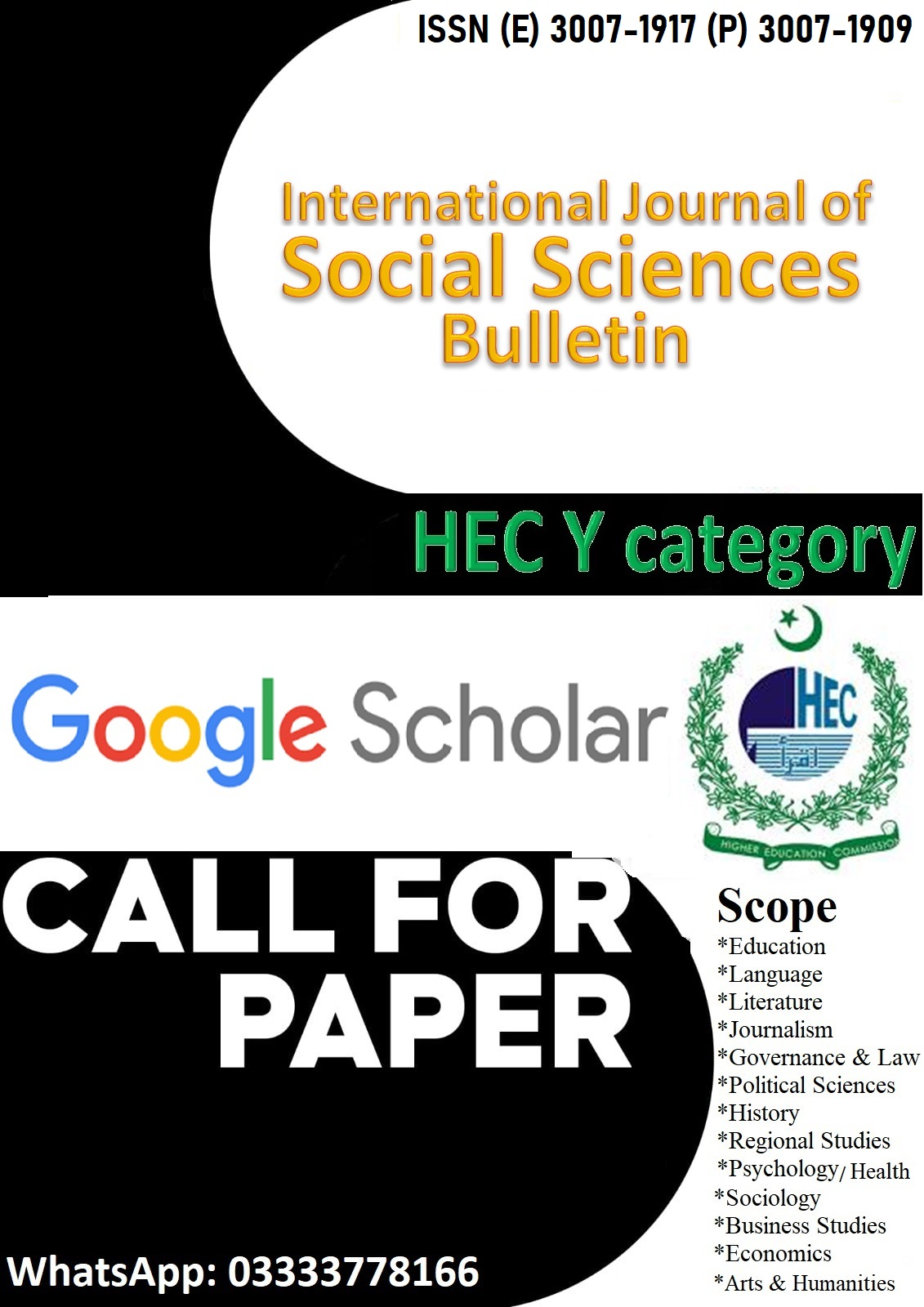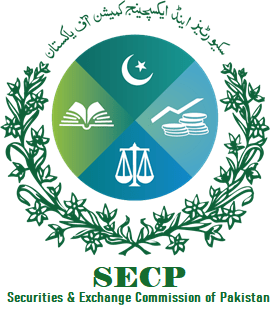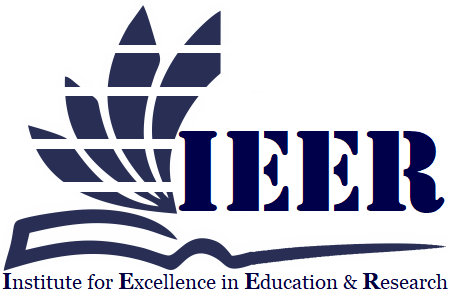BETWEEN WASHINGTON AND BEIJING: REALISM, HEDGING, AND PAKISTAN’S POST-2025 DILEMMA
Keywords:
CPEC, Pakistan, China, South Asia, Hedging, Realism, US-India rivalryAbstract
The increasing tension between the United States and China has placed South Asia, and more importantly Pakistan, in the middle of global politics. The aftermath of the 2025 Indo-Pak war leaves Islamabad in a position of both disadvantage and great opportunity to exploit, all given its geography position. This article argues that Pakistan’s strategic calculus cannot be explained by Realism or Hedging theory alone. Instead, it reflects a hybrid strategy: Realism highlights the systemic pressures of survival in a bipolar regional order, while Hedging captures Pakistan’s deliberate efforts to diversify alignments, maintain economic flexibility, and safeguard strategic autonomy. Drawing on a qualitative analysis of policy documents, think-tank reports, and secondary literature, the study shows that Pakistan deepens reliance on China for security and infrastructure while simultaneously sustaining limited cooperation with Washington and multilateral institutions. By synthesizing Realism with Hedging, the article moves the theory of hedging to South Asia and shows that Pakistan holds agency to influence the nature of the transatlantic competition between China and the United States post-2025.
Downloads
Published
Issue
Section
License

This work is licensed under a Creative Commons Attribution-NonCommercial-NoDerivatives 4.0 International License.

















